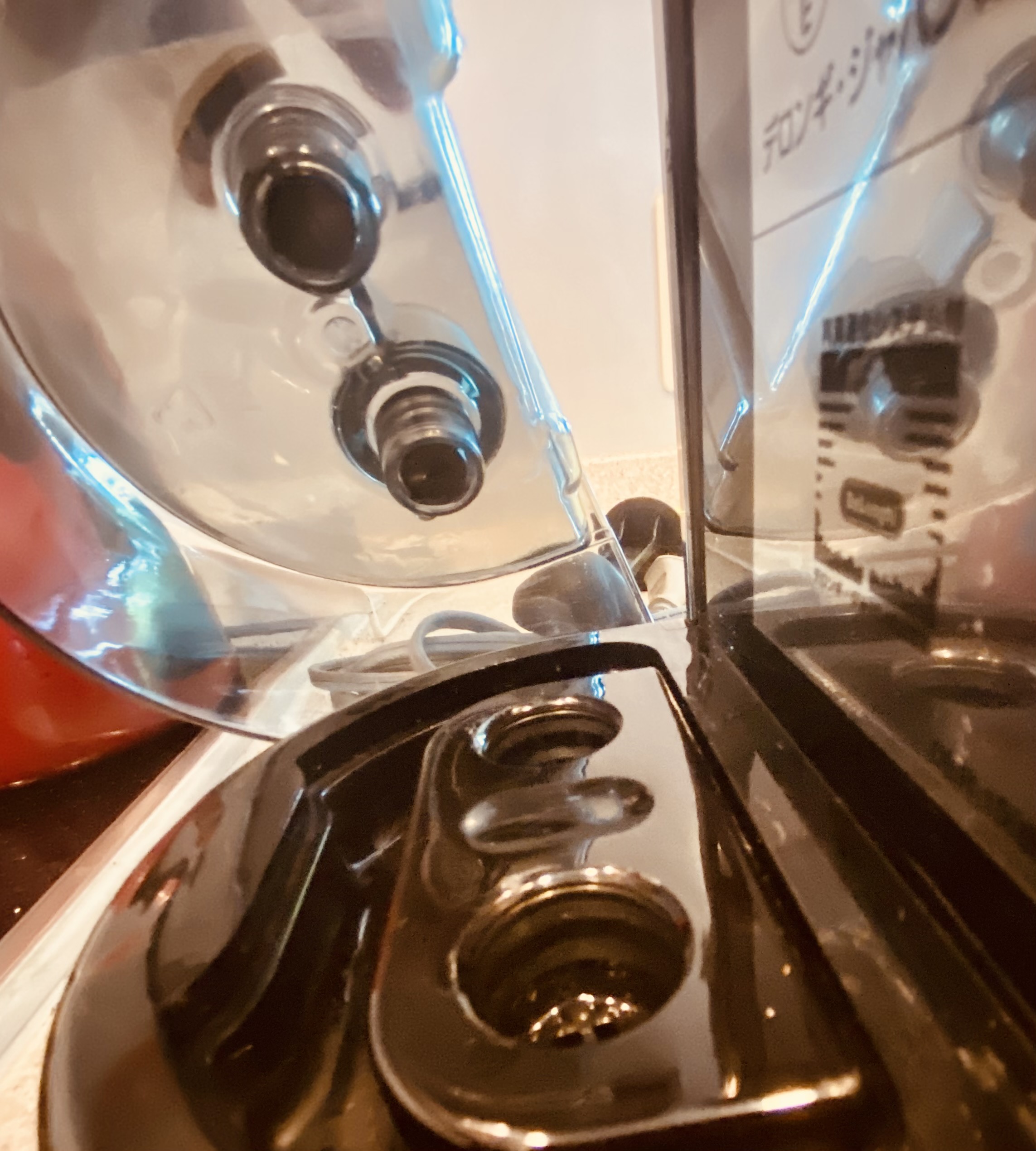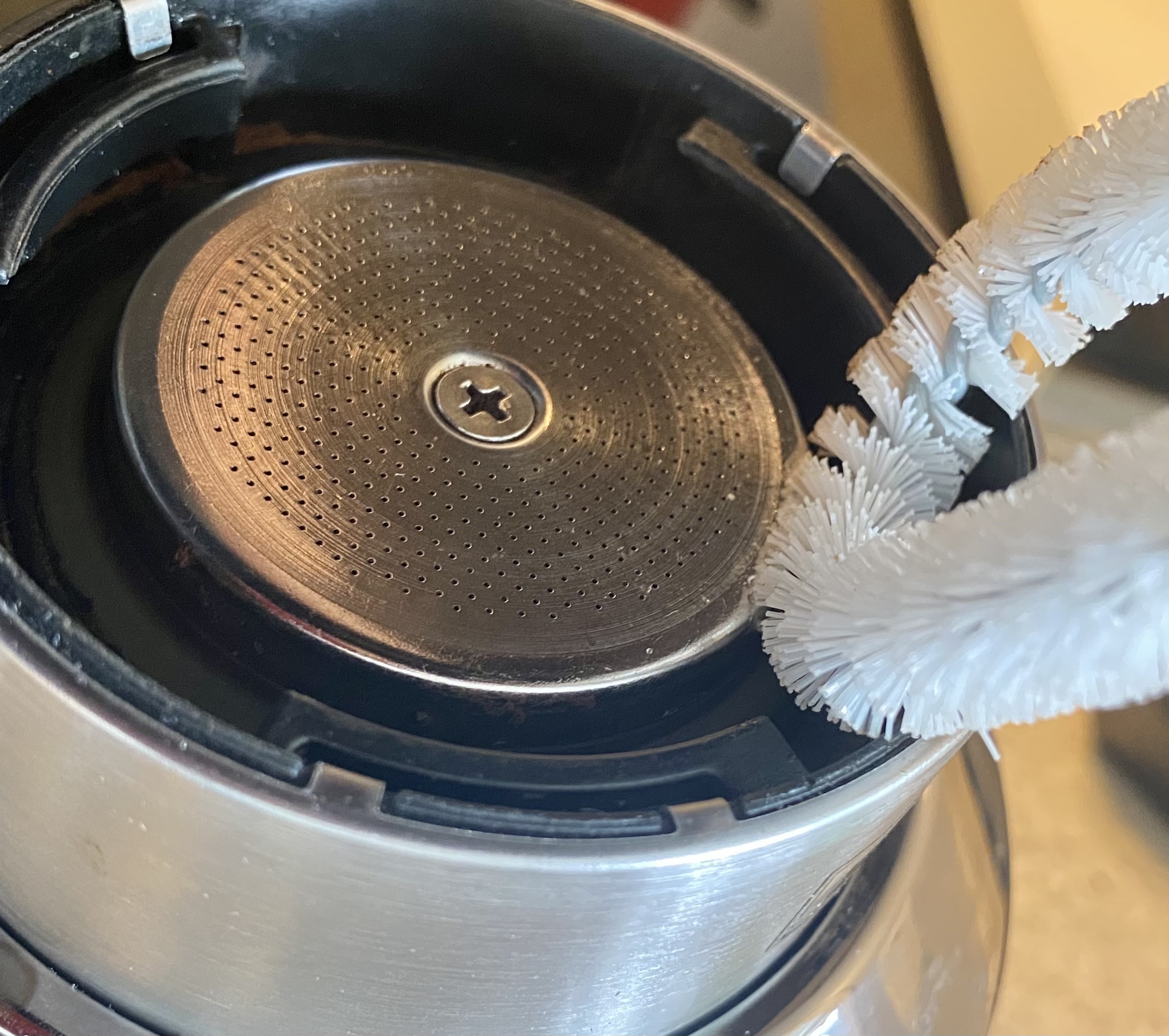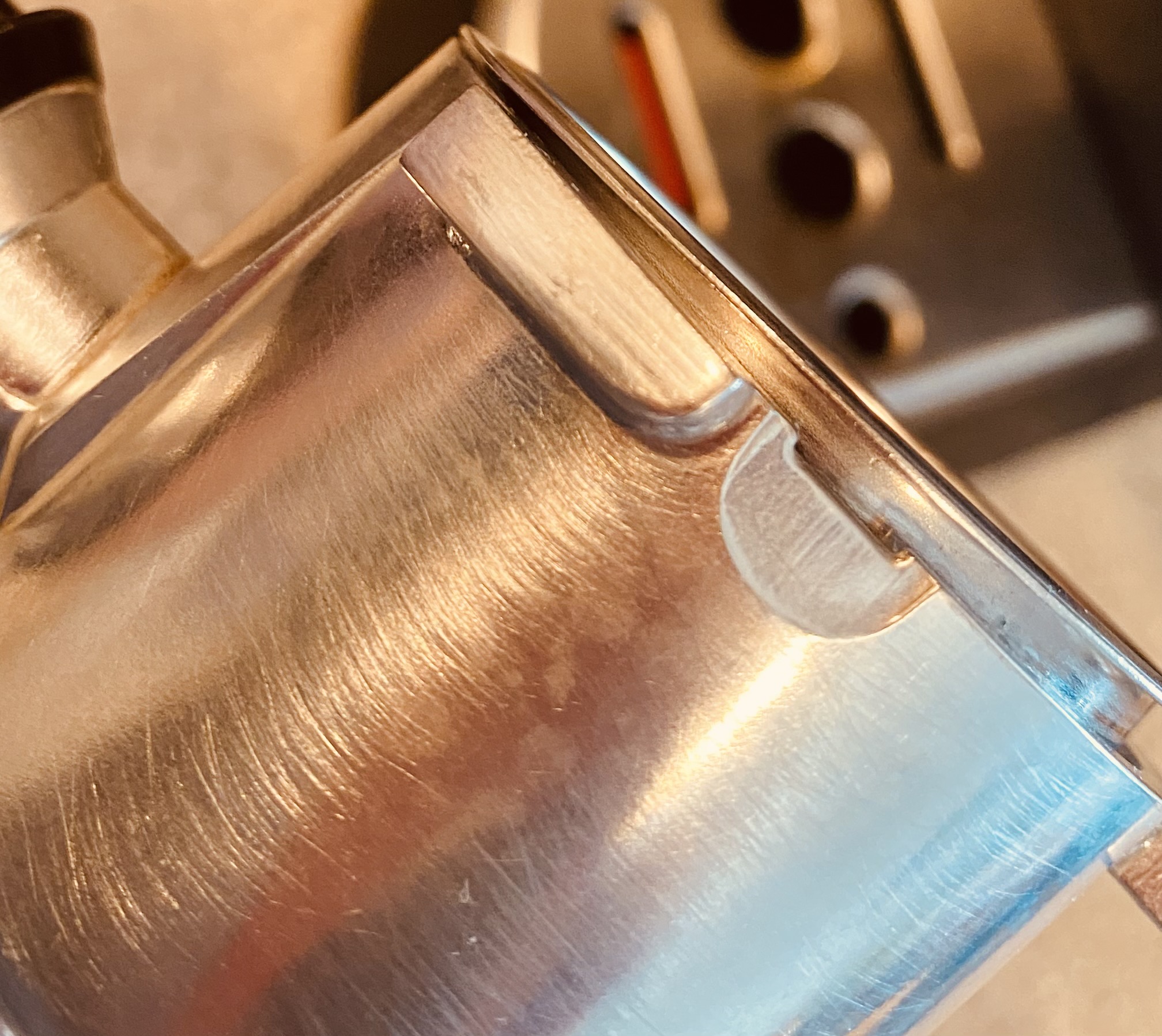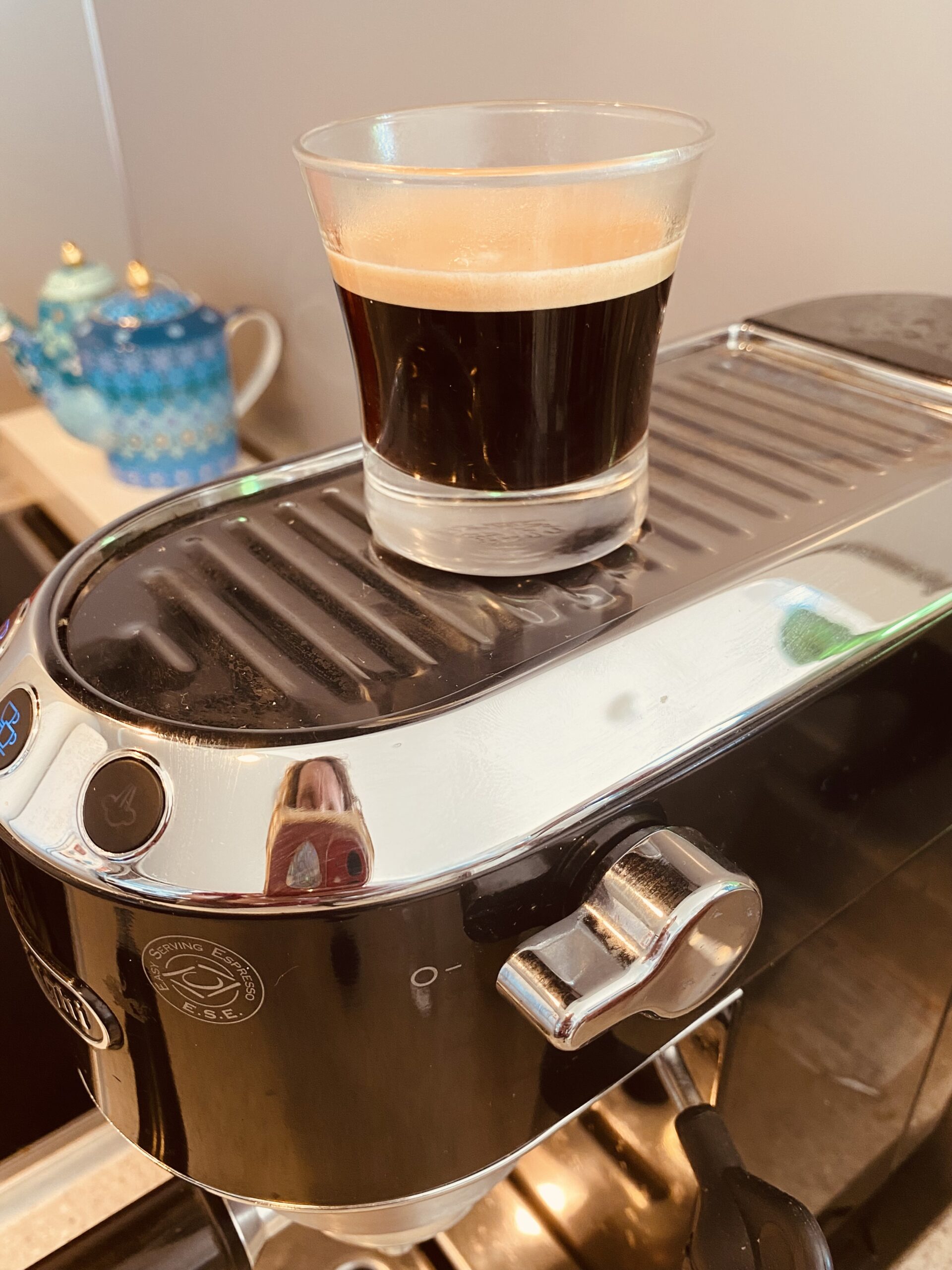De’Longhi Espresso machines are true kitchen machines. They are easy to clean, but special care is necessary for a few of their unique features. Because espresso machines are designed to attach a removable end to a pressurized system, keeping the parts scrupulously clean is essential to making good espresso.
The oils that create the crema are the signature component of a good espresso and help it stand out from the coffee pack. Espresso machines require extra care and cleaning. But that’s the price you pay for having delicious coffee at its finest.
While espresso machines need to be oil-free everywhere the coffee doesn’t touch, you must keep all contact surfaces free of detergents that might dissolve the coffee bean oils before they hit your cup and ruin that pleasant coffee taste you expect.
De’Longhi uses modern Italian design that works best when treated like a Vespa. Caring for your coffee maker and getting things clean is important, as is bringing out the shine and detail that makes your espresso brewer a pleasure to use.
What You Need For the Cleaning Process
- Hot water – moves oils better
- Mild Detergent
- Paper Towel – utility paper is best as it won’t tear
- Nylon Brush – A toothbrush works well. Avoid stiffer brushes.
- Micro-cloth
The Reservoir

Flush the water reservoir inlets from both sides. Give them a press to check alignment and flush out any traces of detergent. Likewise, flush out the intake ports on the machine with fresh water so everything fits perfectly, but don’t over-dry, or the seals can crack.
Wipe the receiver for perfect alignment to keep bubbles out of the intake. It should slide in easily and not vibrate when the pump operates.
The Brew Head and Gasket

Wipe off the face, paying particular attention to stains and deposits that can accumulate and affect the coffee interface by clogging the screen.
Get your brush around the locking head and into the crevices. This is the vital connection that seals in the water pressure.
The head gasket is notorious for accumulating oils and grinds, so use your brush and paper here to occasionally clean under it, so it seats well. Remove the gasket and clean it gently after soaking it in detergent.
The Filter

Cleaning the collar is vital to creating a perfect pressure seal. Use the brush around the lugs to clean the corners and remove even the smallest deposits. NEVER use any abrasives that can wear down the metal and loosen the seal.
Clean the basket thoroughly to avoid accumulating oils that create an uneven flow through the puck and attract grinds that can block the pressurizing outlet. Clean well under the rim where it sits against the filter body.
Unscrew the diverter, which will need brushing and will probably be coated with oils. Wipe the outlets with the paper towels and be scrupulous with the detailing because any accumulations here will directly affect the taste of your espresso.
Soak the filter body in mild detergent, brush well on the inside, rinse with clean water, then dry it with a paper towel.
The Filter Mesh
Be careful with the seal to avoid any nicks, but get it as clean as possible so it keeps perfect pressure. Look for a buildup of grinds that can affect how the mesh seats in the basket, and store it outside the filter between uses to avoid breakage or sticking.
The Frothing Wand
Every use of the frother should end with a blast to blow out milk residue. When it cools, remove the heat cover and wipe down the nozzle using a cloth to get at any residue. A brush on the gasket ring keeps a good seal but avoid scratching it.
Run paper or a cloth through the cover, and soak if it gets heavy use. Allow all the pieces to dry before reassembly.
The Machine

De’Longhi understands kitchen machines and knows they suffer the brunt of a space not just dedicated to coffee. They know their home machines will be splashed, spattered, and dripped on, so they give them easy-to-clean chassis.
Unplug your brewer to avoid problems, and wipe down the surfaces to keep their art deco shine. Use a light detergent and a final buff with the paper. Detail around the buttons and foamer knob to keep them from gunking up, and shine the stainless heating tray with the paper to return its luster.
The tray is simple to clean but gives the corners and constrictions a good brushing. A good shine to the stainless cover to remove water drops enhances the Italian style and, combined with a good reflection from the back of the recess, gives a good light to watch your extraction.
How Often Should I Clean My Machine?
A basic cleaning to remove immediate residue while the coffee machine is still warm is necessary every time you brew. Always clean the filter, wipe the brew head, the frother, and tray, and check the reservoir connections to prevent leaks.
Clean out the main recesses monthly or every 20-30 uses. This will prevent a buildup of oils that can significantly affect performance. Get in around the brew head, give the filter a soak, and really check all seals for damage that will play havoc with pressure.
Once every few months, more often if you have harder water, give your machine a real once over and detail the buttons, head gasket, and run a descaler to remove calcium mineral buildup.
FAQ
Should I unscrew the brew head?
To clean the screen, no. Only remove the brew head if you need to get further into the recess around the gasket.
Can I use sodium bicarbonate instead of detergent?
Sodium bicarbonate, or even citric acid, works well for soaking the filter and diverter, but a mild detergent solution is quicker for everything else.
Is a discolored head gasket a problem?
Not in itself, but it’s a sign that wear has begun. If your gasket is discolored, that’s a good time to buy a replacement to have on standby.
Happy Caffeinating!







